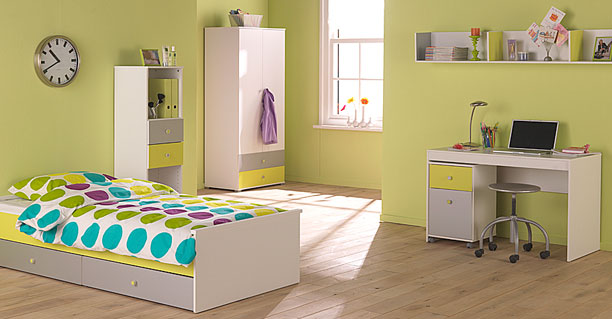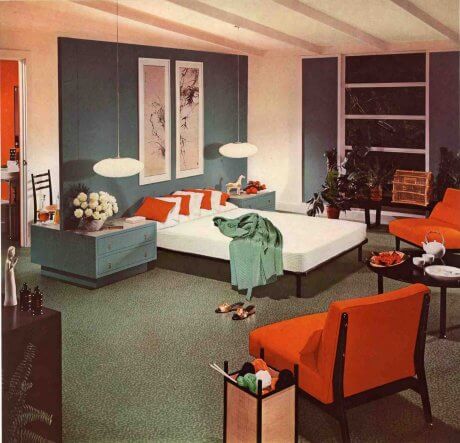









Living rooms provide safe haven from the outside world and the living room design should reflect this. Opt for a soothing color scheme and avoid colors and busy patterns on walls. They will not be to everyone’s taste and can make a room seem small and cluttered. Modern wall unit gives you an opportunity to create something really eye catching, nice, unique and futuristic piece of modern furniture.Painting your living rooms with more artistic ways can change the look and feel of your home completely. When you plan to paint your living room, you have to decide which color scheme you will use. You have to keep in mind to color coordinate with the color theme of your furniture, upholstery, furnishing accessories, floor covering, carpets, etc.
However, when you go to your local home improvement store you will be faced with a sea of color swatches – hundreds of versions of basic beige and gray to choose from. So before you go, consider these steps to choosing the right color for you.
Now when you head on over to your local paint store or home improvement center you can become overwhelmed with all the variations of creme and gray. There can be hundreds of each. So before you go, take a good look around the room your going to repaint. See if you can’t find a light color somewhere in the room that you can take with you. Such as a color in the background of a piece of fabric on say a couch cushion or lampshade. If you like the feel of a warm and cozy room – think of fireplaces, brown leather and sunsets – then you’ll want to start with a beige tone.If you prefer a cooler, airy look – chrome, glass and shades of icy blue – then select gray tones. Some stores will have a ‘true gray’ color swatch which you can use to compare with their designer selections. On comparison you will notice that each gray has undertones. Some will have blue or lavender tones, others may have green or even a hint of pink.
Using the same guide as stated above, identify the main colors of furniture and accessories in the room. Use green or pink toned greys with cool toned furnishings to avoid it from feeling like an ice box. Use blue or lavender undertones in rooms with warmer colored furnishings.
If you are really torn between beige or gray, than the easiest color to work with is green. Keeping it in a muted tone will make it very easy to live with, and will work with most color palates.
Now, If all of the above guidelines only further confuse you, you can simply go to the paint store and pick up as many different color chips as you like, bring them home and make your decision there. I know it’s an added trip you’ll have to make but what better location to make your decision than from the comfort of home?
Picking and painting your living room with your choice of color will bring you the results your looking for and a sense of accomplishment when you see the finished product. Remembering that you’ll get this makeover for less than the cost of a good meal at your favorite eating place.
Preparation and Calculation for your living room before painting
Painting your living room requires a great deal of preparation and calculation. After you have selected the themes and colors for the room or rooms you are painting, you will need to ensure your rooms are adequately prepared before you begin painting. Even the cleanest rooms and walls will need the surfaces to be prepared before you begin the painting stage.
For living room walls, it is best to use latex or water based paint that dries up quickly and can be washed using soap and water but it is better to use oil-based alkyd paint for doors and windows as it penetrated wood better does not stick when the doors and windows are shut for longer periods of time, especially during winters. To calculate the amount of paint you will need for you living room, measure the perimeter of the living room walls by adding up their widths and the multiply it with the height of wall from floor to ceiling. Subtract the area of open areas from it such as doors, windows and archways to known the wall area that needs to be painted. Some paint types and colors may need more than one coat so take the number of coats you need to cover the walls into account too. Usually, a gallon of flat paint color covers 400 square feet but you may take paint manufacturer’s instructions as your guideline.
You first want to take off all of the switch plates from the walls and conduct a thorough dusting of your living room. Use a feather duster or broom to sweep out every corner from ceiling to floor and then vacuum the room thoroughly.
Look for any holes or cracks in the wall surfaces and patch them up with spackling paste or wall plaster. Once you have patched any holes, you will then need to sand over the patching or spackling to ensure the patch you have created is flush with the wall. This will ensure a flat even coat of paint on your wall. Once you have done this, you will have to dust and vacuum again as sanding will create a large amount of dust. Ensure you dust and vacuum not only your floors, but the walls as well. Sanding will leave dust particles that may not be visible to the naked eye, and your paint will find those dust particles if you don’t leaving unsightly bumps on your walls.
Your next step before you begin living room painting will be to wash your walls thoroughly. You can use a mop to reach the corners and higher areas, but you need to wash and rinse your walls of any cleaning residue. Once your walls have dried from the washing, you are ready to begin your interior house painting. Use painters tape to mark off door ways, baseboards, and ceilings so that your paint applications are smooth and even.
No comments:
Post a Comment